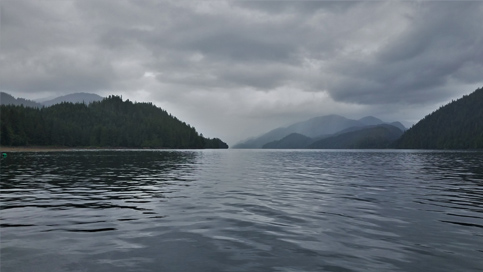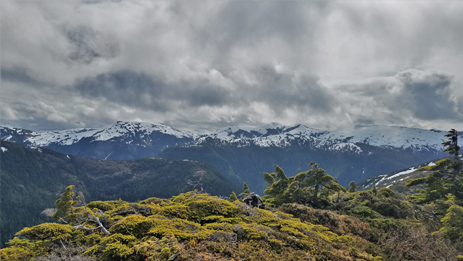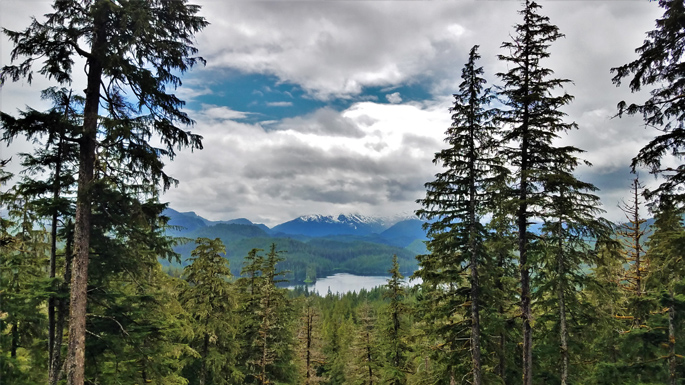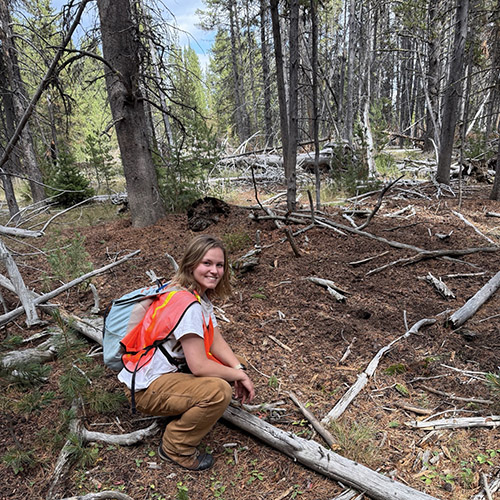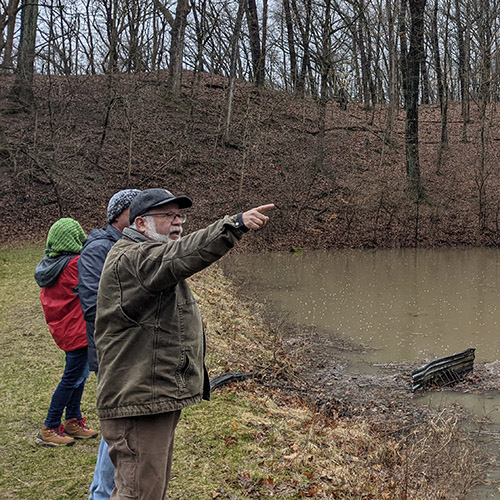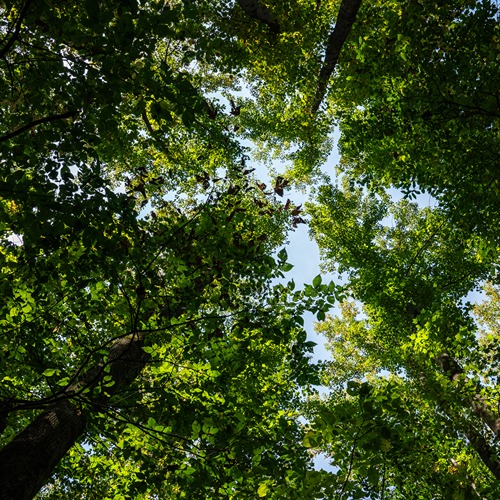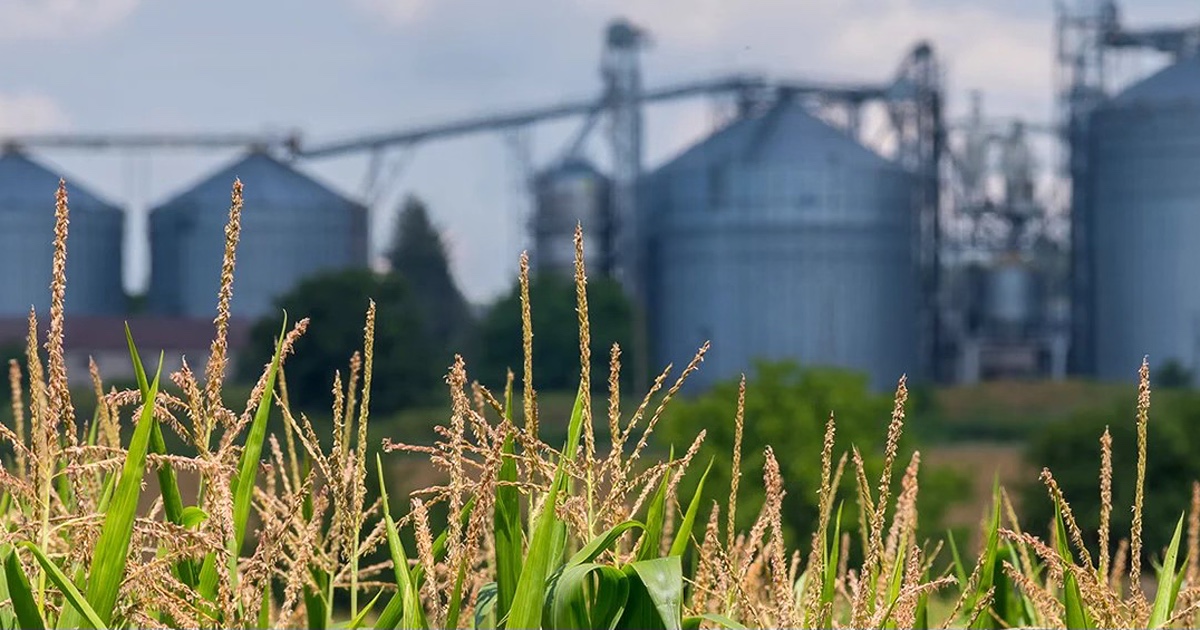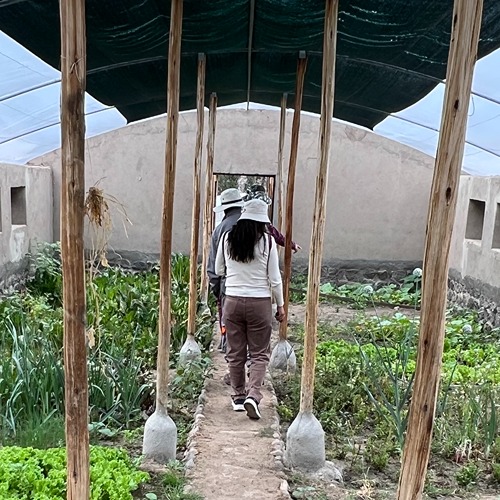FNR Field Reports: Garrett Pell
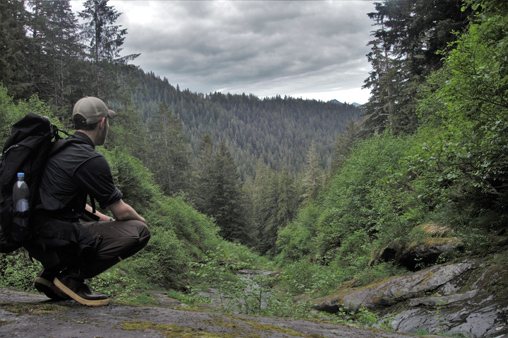
Pell accepted a seasonal position with the U.S. Forest Service on the Tongass National Forest in southeast Alaska following graduation. In this role, he acted as a forestry technician. He worked in the Ketchikan Misty Fjord Ranger District (KMRD) in Ketchikan, Alaska, which is home to the largest intact temperate rain forest in the world. Pell refers to the region as the Pacific North-Northwest and shares that the best way to imagine the area is to think of the Pacific Northwest “except far more rugged, far more wild and with far fewer people.”
In this week’s Field Report, we have an update from May 2020 alumnus Garrett Pell. Pell accepted a seasonal position with the U.S. Forest Service on the Tongass National Forest in southeast Alaska following graduation. In this role, he acted as a forestry technician. He worked in the Ketchikan Misty Fjord Ranger District (KMRD) in Ketchikan, Alaska, which is home to the largest intact temperate rain forest in the world. Pell refers to the region as the Pacific North-Northwest and shares that the best way to imagine the area is to think of the Pacific Northwest “except far more rugged, far more wild and with far fewer people.” While in the position, Pell aided in setting up a future timber sale on the west side of the Carroll Inlet on Revillagigedo Island. In this timber sale preparation role, he set up the boundaries of clear-cut units, measured out and flagged protective buffers on protected streams, determined the appropriate method of timber harvesting and flagged potential logging roads among other duties. This project was in virgin old growth timber, or timber that had never been harvested before. Some of the trees Pell and his colleague encountered were likely 500 years old or more. Recently, Pell landed a permanent position as a forestry technician on the Shoshone National Forest in northwest Wyoming. In this field position in Cody, Wyoming, which he begins in August, he will be a crew leader, supervising seasonal workers, as well as assisting the silviculture, wildlife and fisheries crews on occasion. The Shoshone National Forest shares its western border with Yellowstone National Park, and has the highest concentration of brown bears in the lower 48 states, along with a wide variety of megafauna that call the Yellowstone region home. The Shoshone National Forest was part of the original Yellowstone Timber Reserve, which was the first national forest established in the United States. “I find it both humorous and humbling that my first two jobs out of college were on the nation’s largest national forest (Tongass) and then on the first national forest (Shoshone),” Pell said. “Needless to say, I did not plan it that way nor could I have dreamed that my career would start in such a manner. Suffice to say that my Purdue degree has not let me down.” Pell was a forestry major and also had minors in wildlife sciences, urban forestry, and fisheries and aquatic sciences. During his time at Purdue, he learned about logging from Don Carlson, Brian Beheler and Ryan Hensley as well as a logging crew which spoke at the FNR Forestry Practicum. He was able to perform logging duties for an actual timber sale during the FNR Forestry Internship he participated during the summer of 2019.
Garret Pell Images
